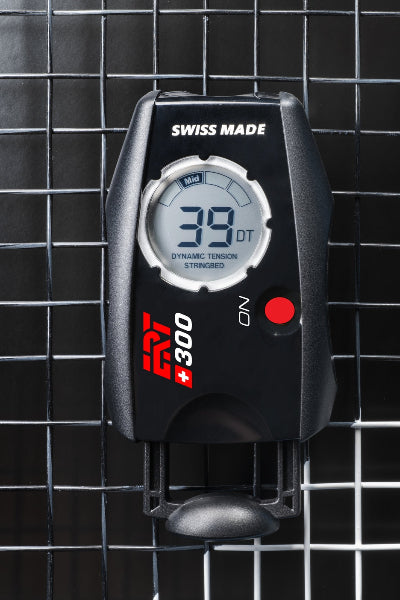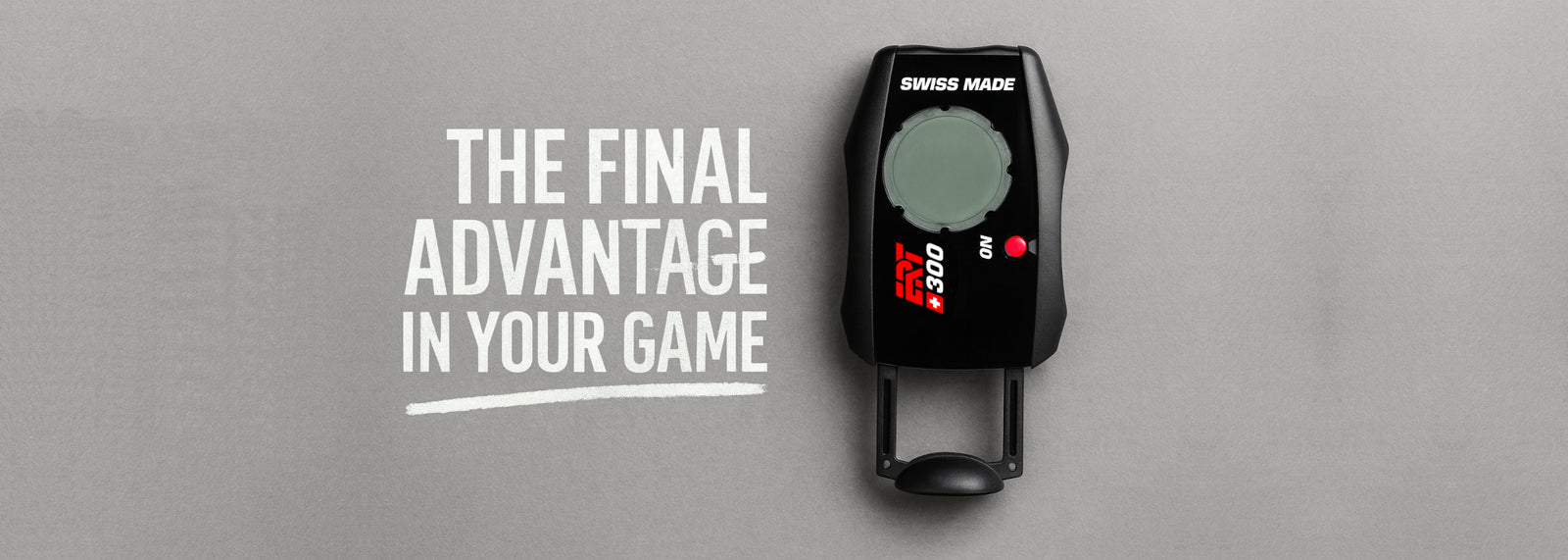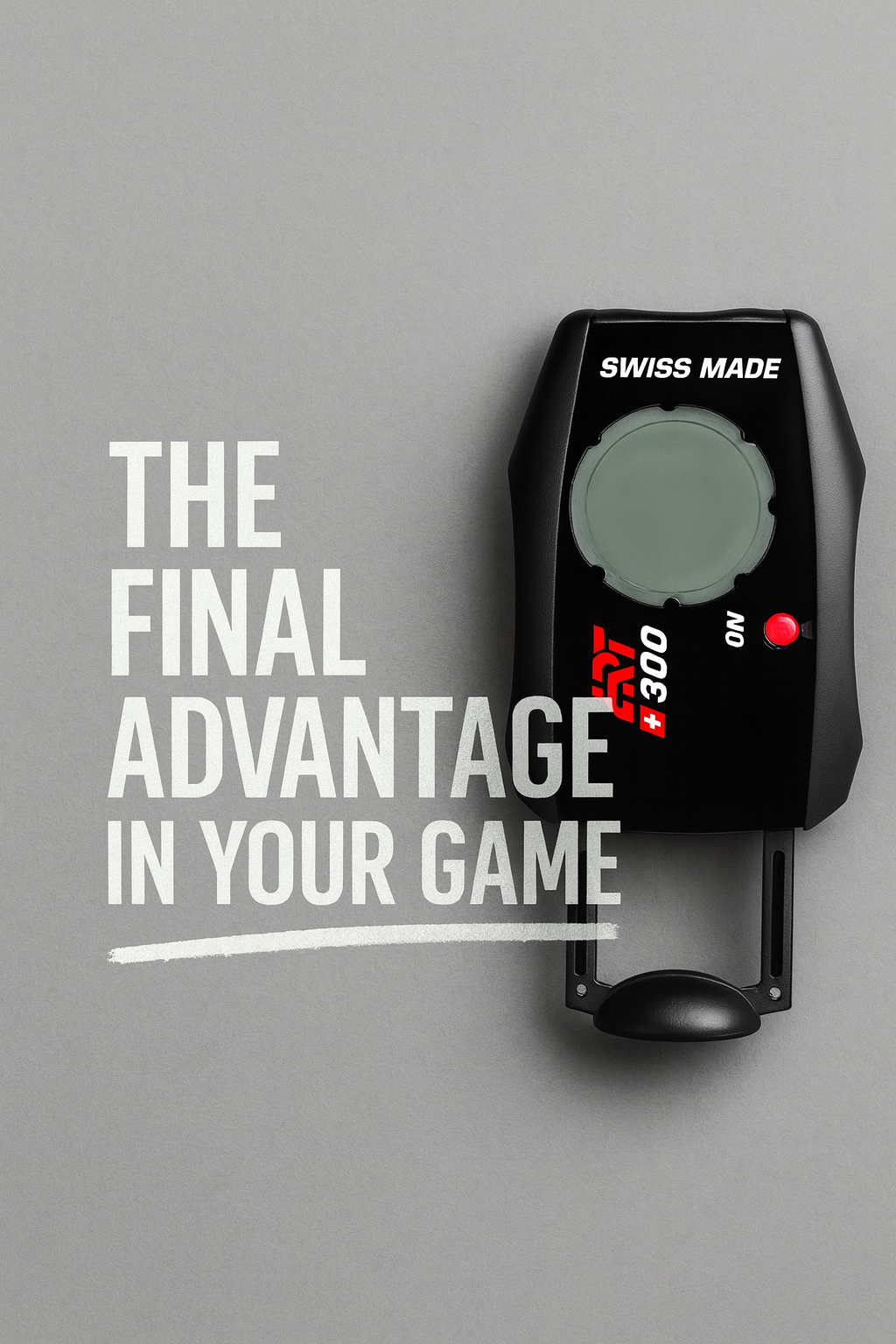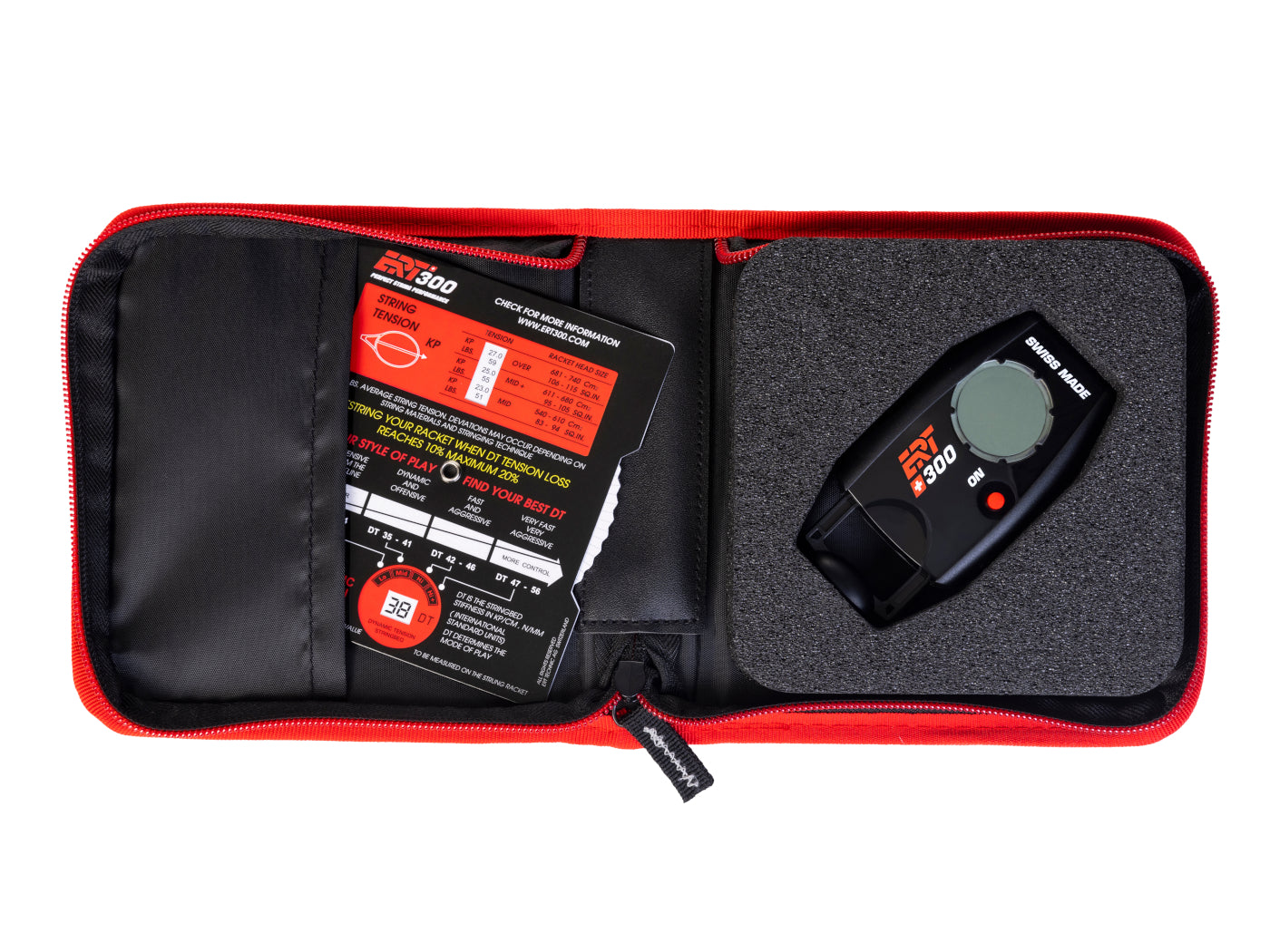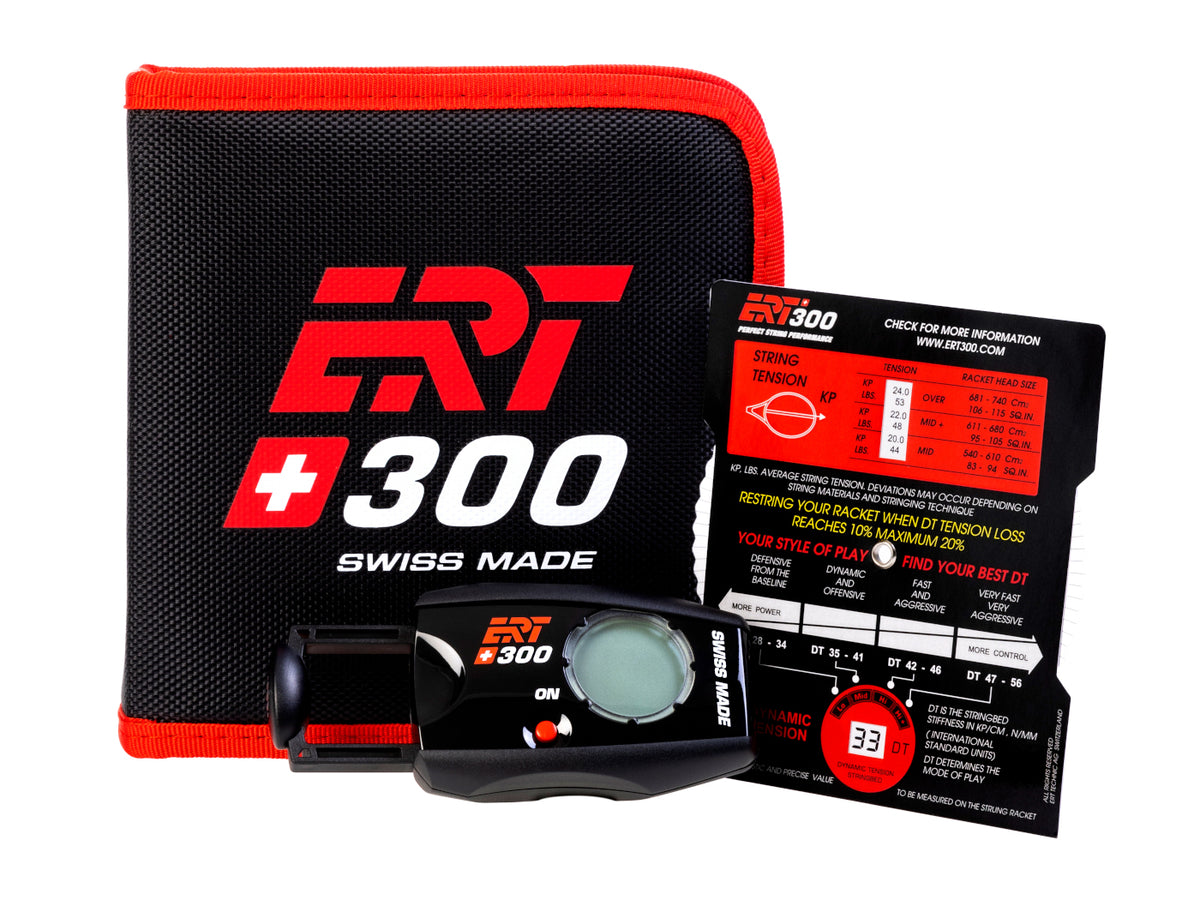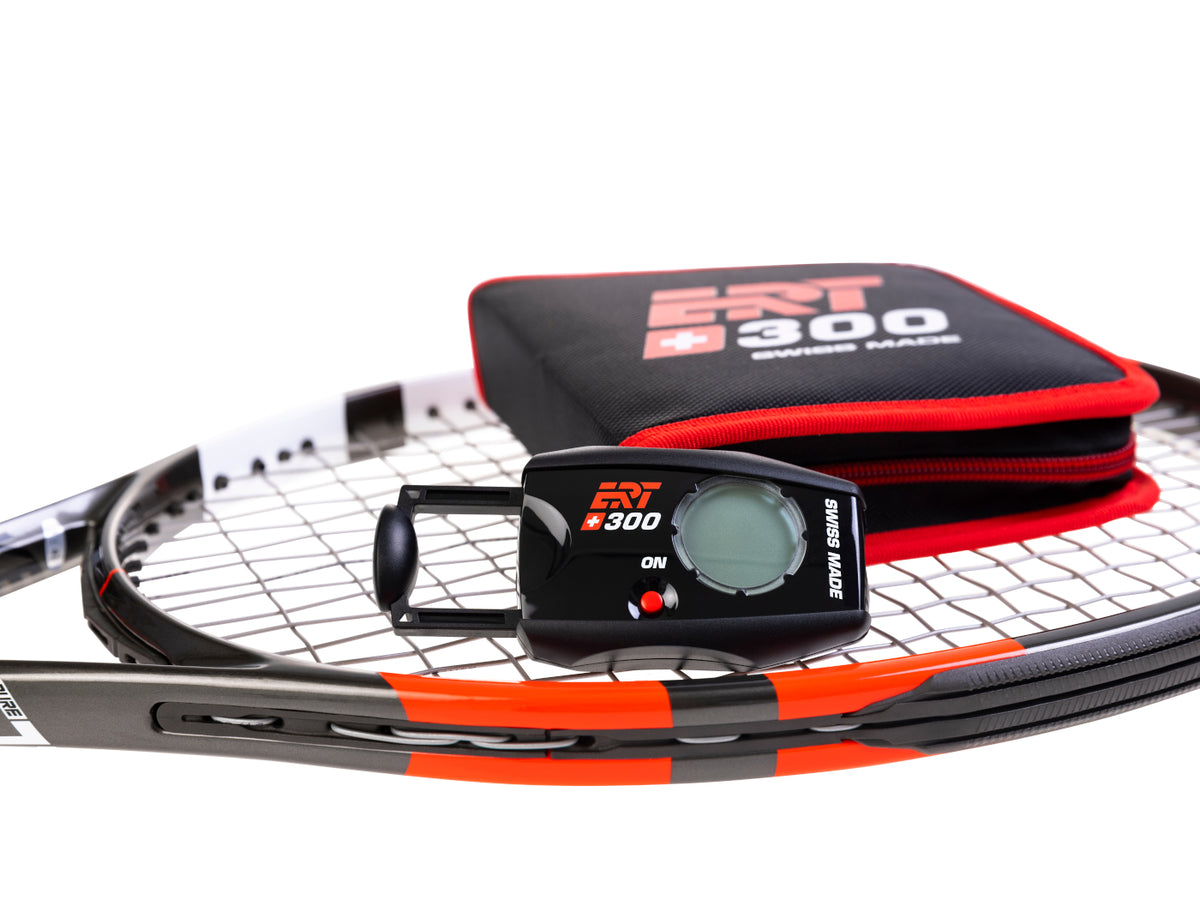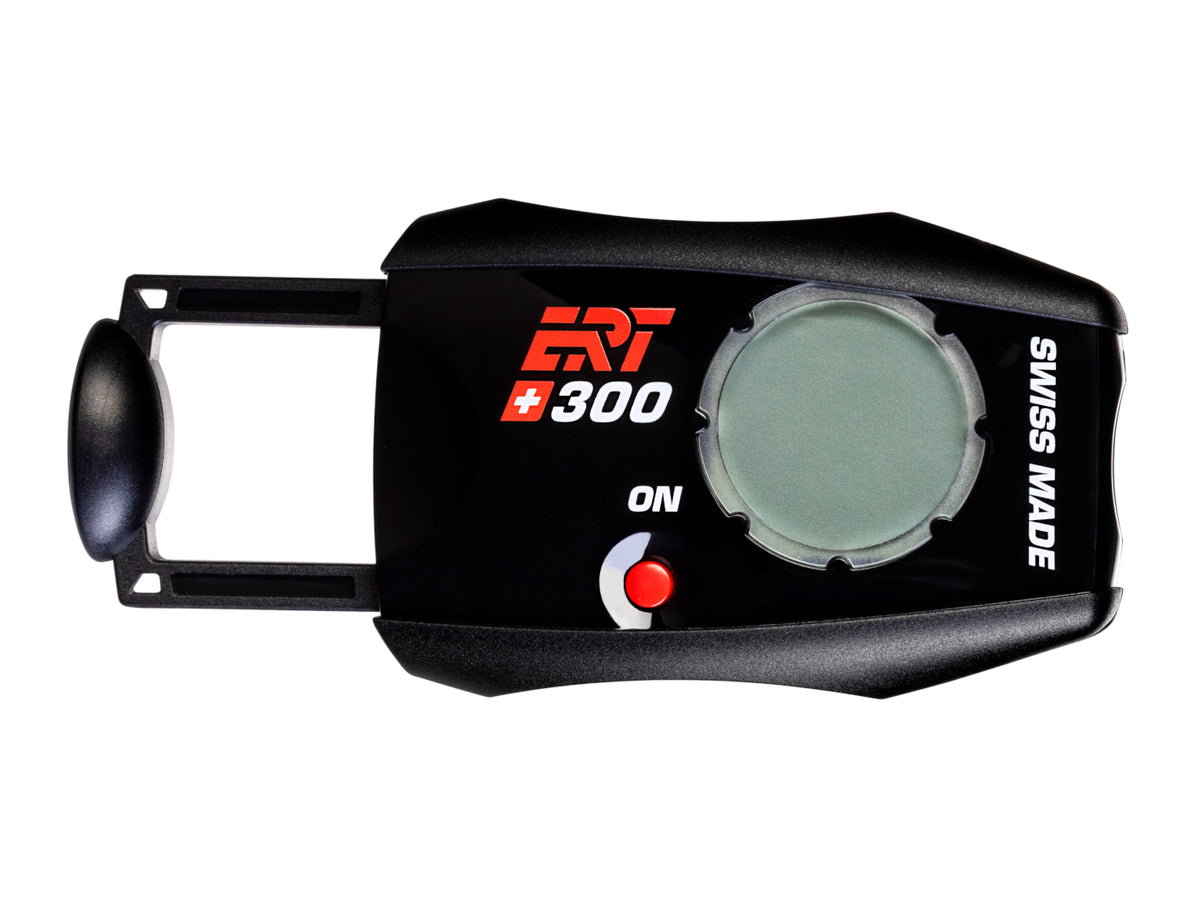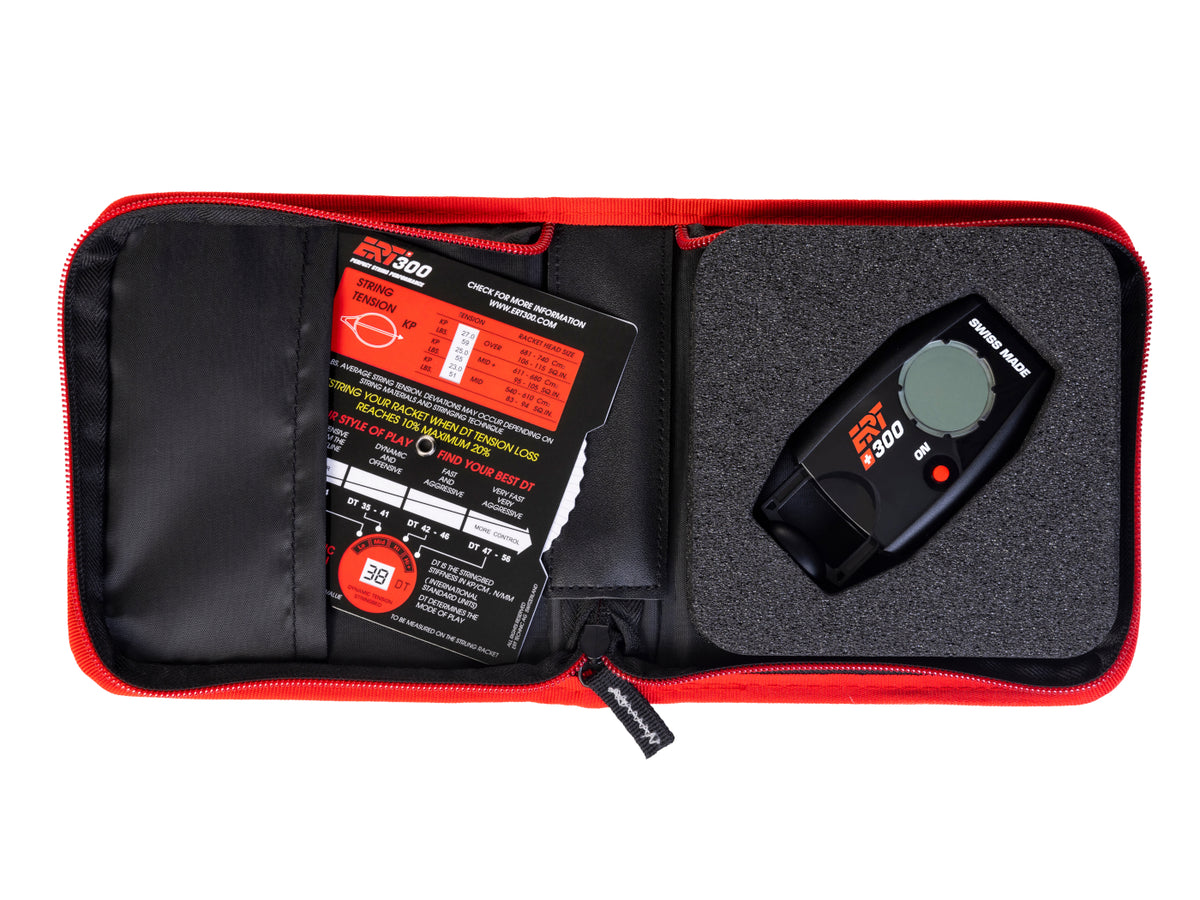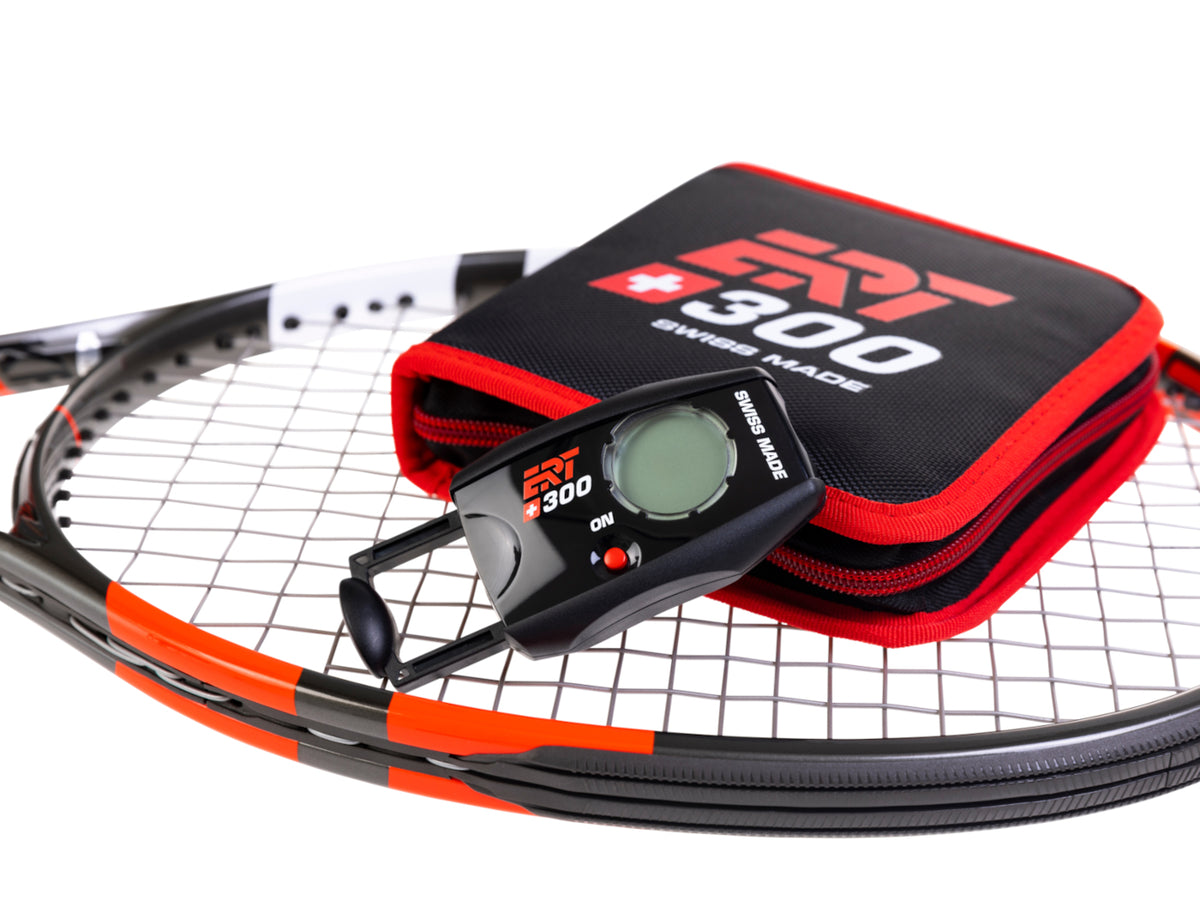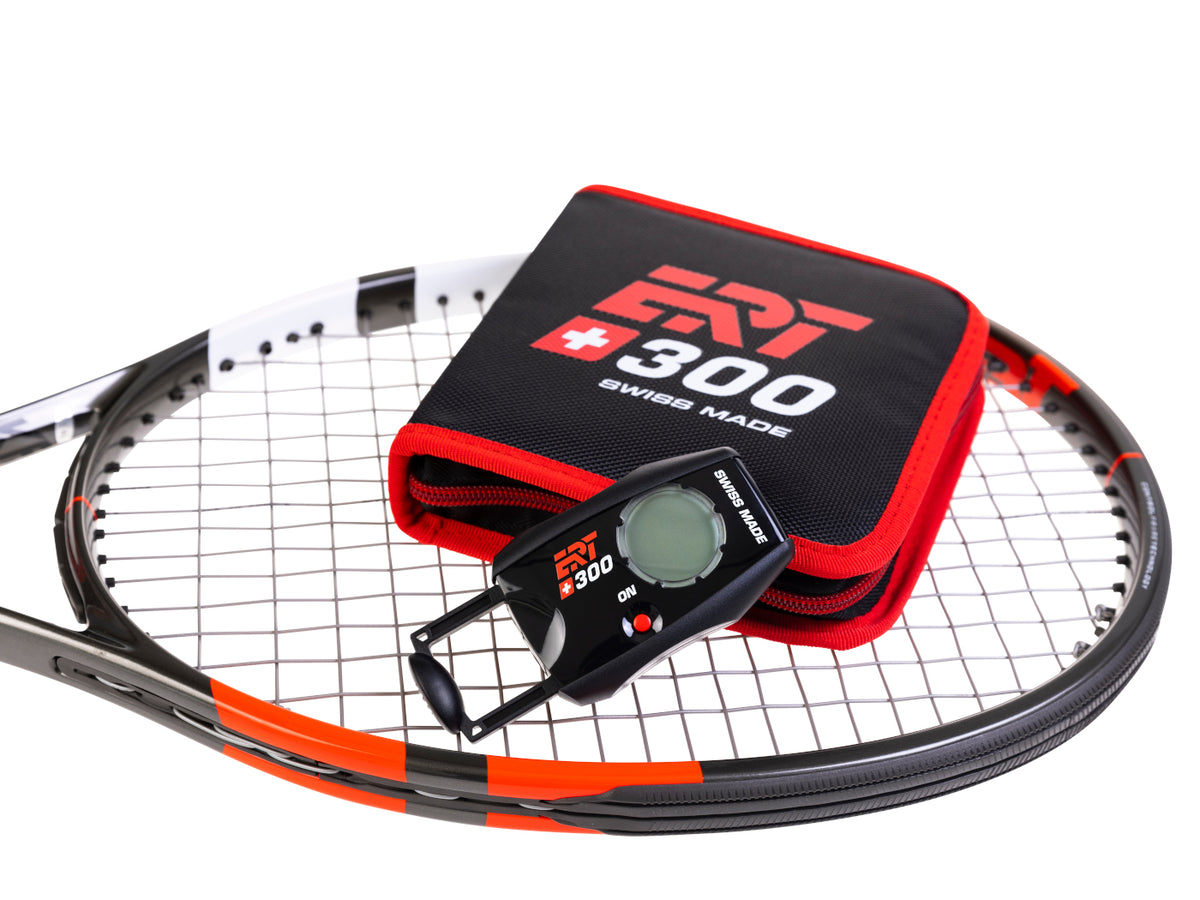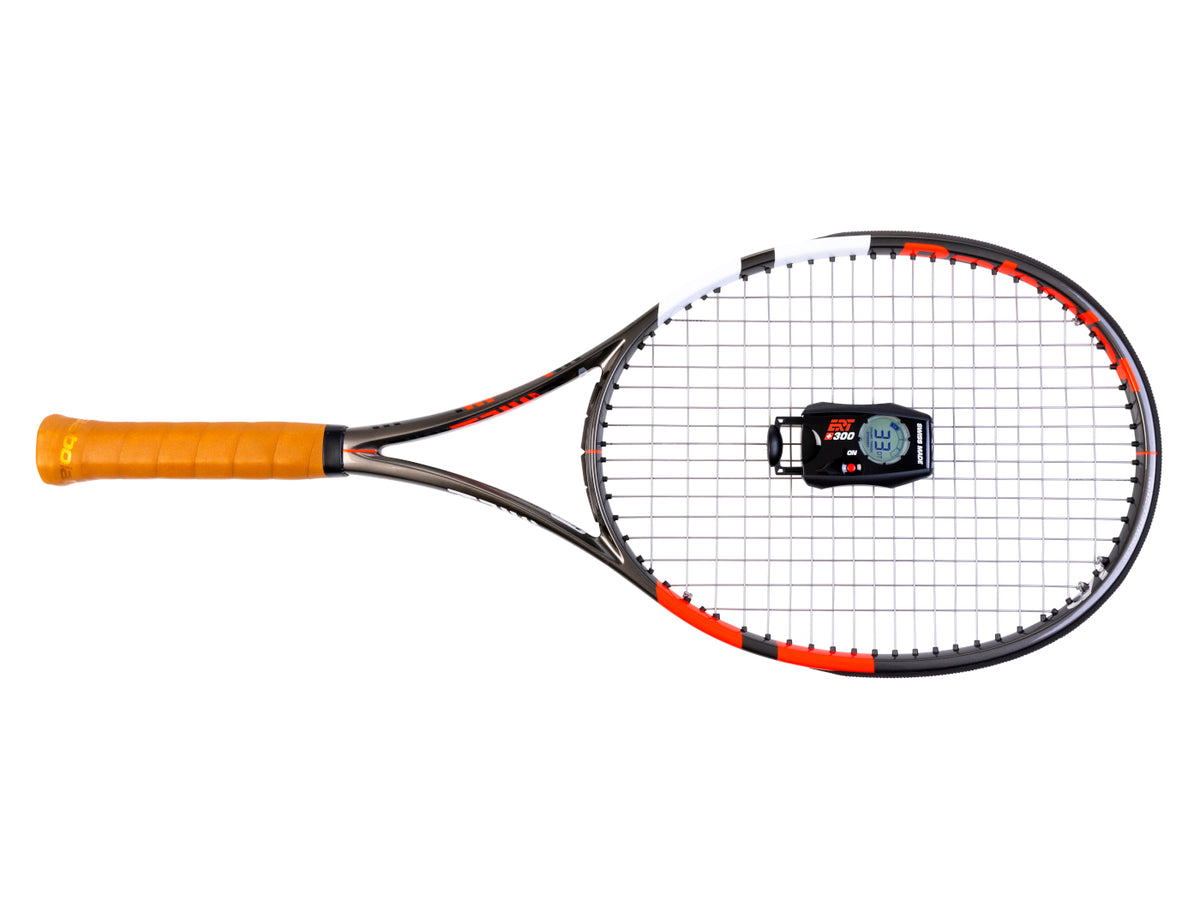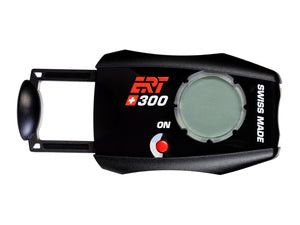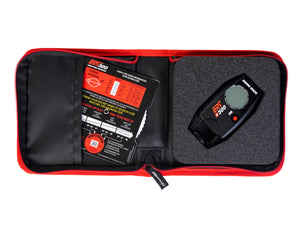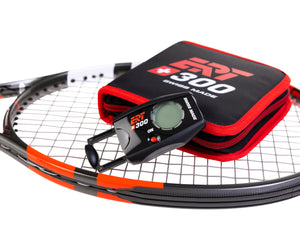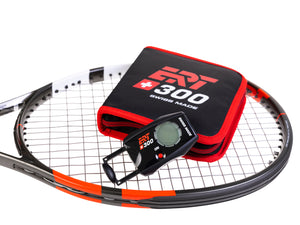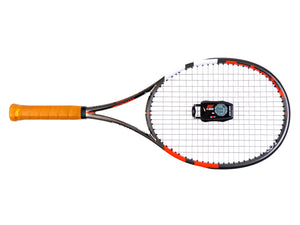DT stands for Dynamic Tension, which describes how tight or loose the entire
string bed of a racket feels when the ball makes contact. Unlike the reference
tension you set on a stringing machine (e.g., 24 kg), DT measures the real,
effective stiffness of the strings inside the racket frame once stringing
is complete.
- Measured in kilopond (kp): DT tells you how much force
(in kp) is required to deflect the string bed by 1 cm when struck. - Reflects actual playing feel: While machine tension only
shows how tightly the string was pulled, DT captures what really
matters—how the racket responds during play. - Influenced by multiple factors: DT depends on reference
tension, string type, gauge, string pattern, and head size. Two rackets
strung at the same machine tension can have very different DT values. - Practical range: Most players’ DT values fall
between 28–46, with lower DT giving more power and comfort, and
higher DT providing more control and precision.
Inshort: DT is the
true performance indicator of your racket’s string bed—objective, measurable,
and directly linked to how the racket feels in your hand.



